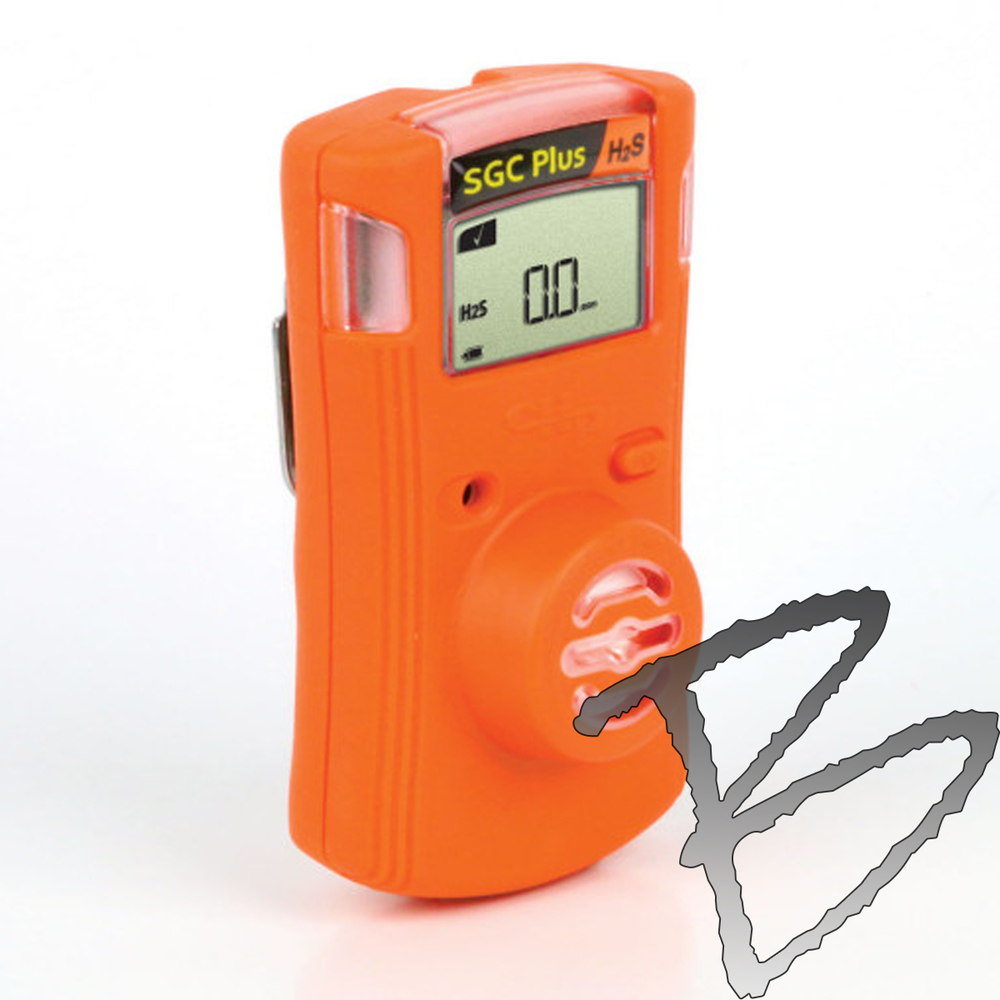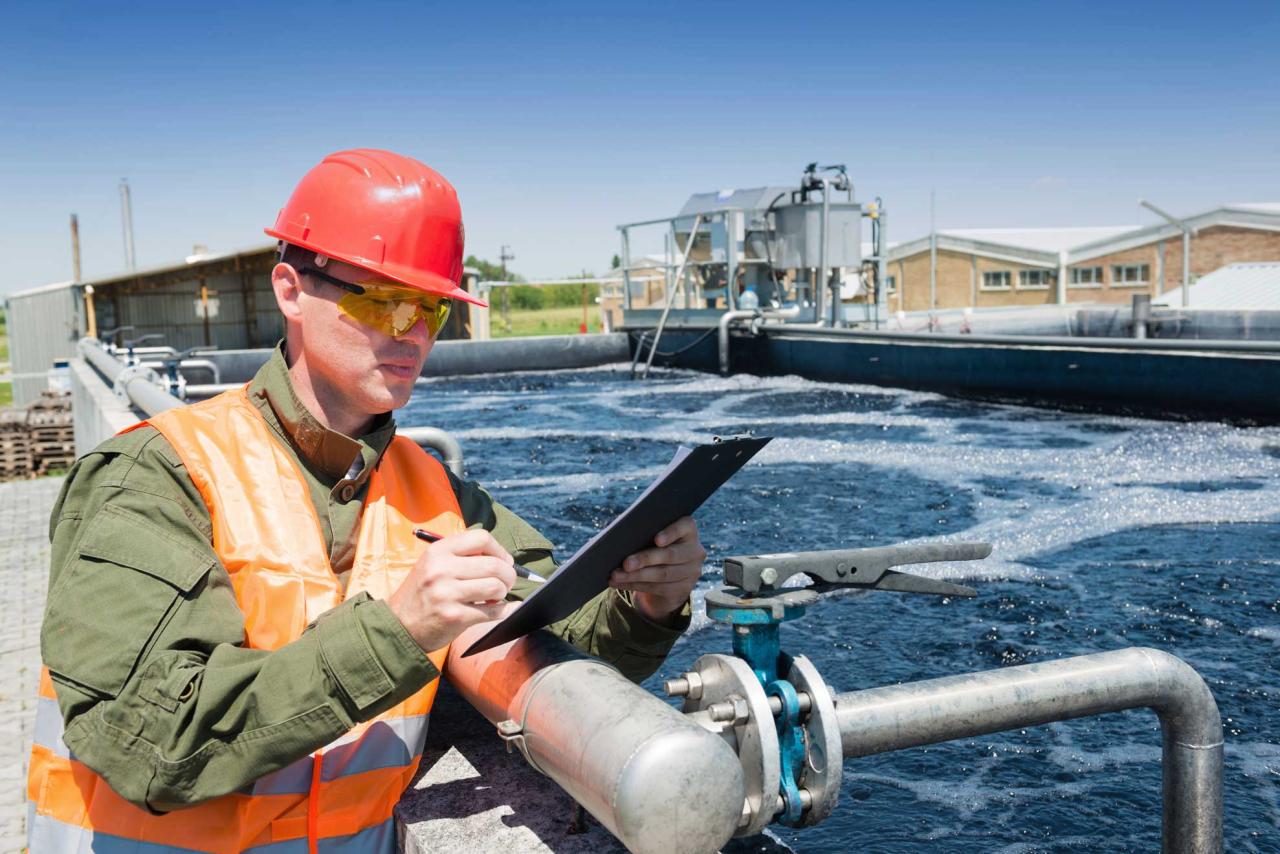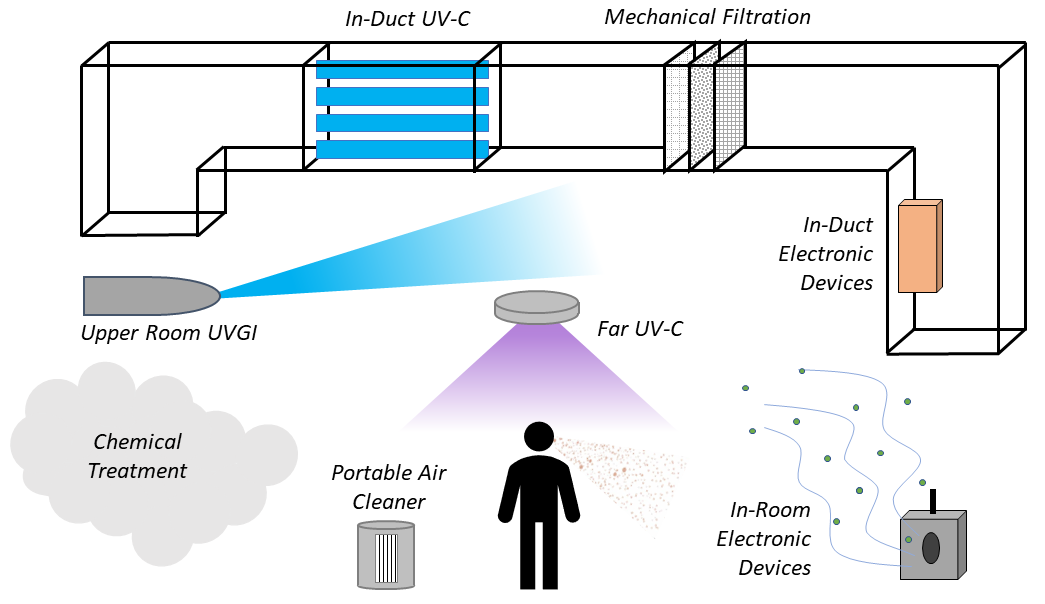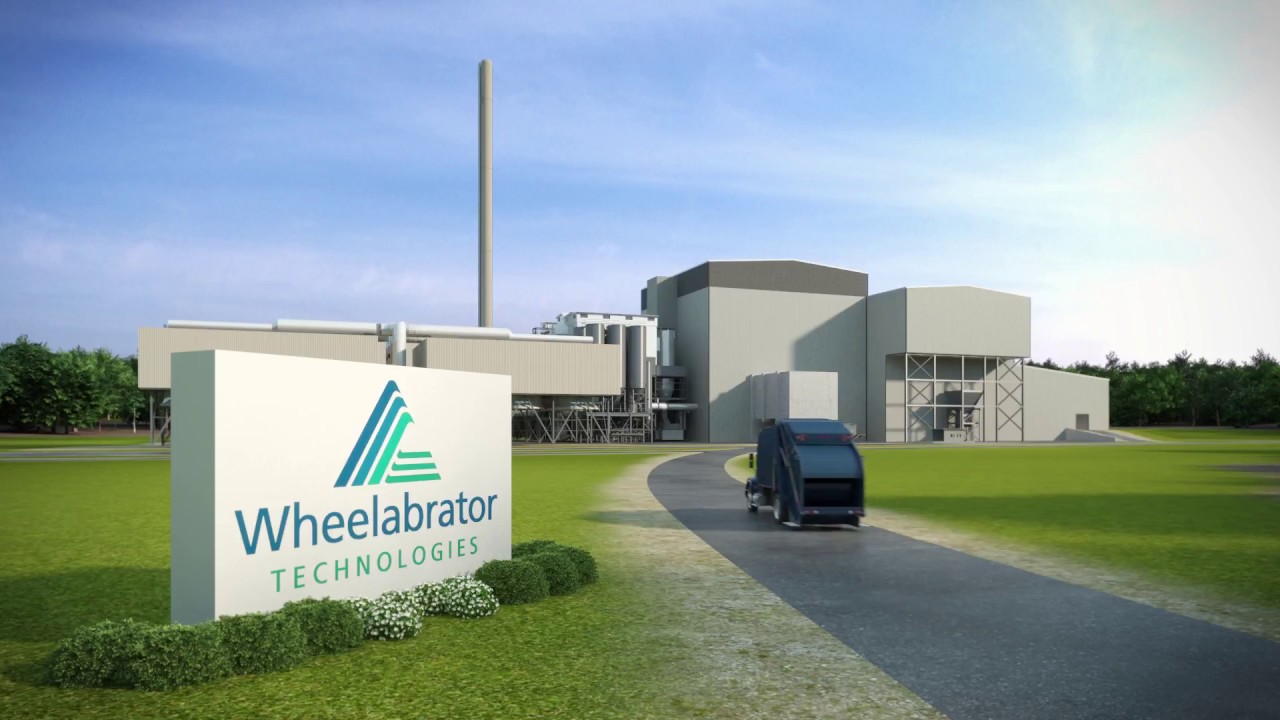Gas Clip Technologies: Monitoring Safety and Environments
Gas clip technologies are revolutionizing the way we monitor and protect our environments. These devices, often small and portable, are designed to detect and measure various gases in the air, […]

Gas clip technologies are revolutionizing the way we monitor and protect our environments. These devices, often small and portable, are designed to detect and measure various gases in the air, providing valuable insights into potential hazards and environmental conditions.
From industrial settings to healthcare facilities and even scientific research, gas clips play a vital role in ensuring safety and making informed decisions. This technology has evolved significantly over the years, with advancements in sensor technology, data analysis, and integration with smart systems.
Gas Clip Calibration and Maintenance
Gas clip calibration and maintenance are crucial for ensuring accurate and reliable readings, which are essential for worker safety in hazardous environments. Regular calibration and maintenance help to ensure that the gas clip is functioning correctly and providing accurate readings of gas concentrations.
Calibration Methods
Calibration involves adjusting the gas clip’s sensor to provide accurate readings against a known gas concentration. The calibration process ensures that the gas clip is properly calibrated to the specific gas being monitored.
- Single-point calibration: This method uses a single known gas concentration to adjust the gas clip’s sensor. It is a simple and quick method suitable for routine calibration.
- Multi-point calibration: This method uses multiple known gas concentrations to calibrate the gas clip’s sensor. It provides a more accurate calibration and is recommended for critical applications.
- Bump test: This method uses a known gas concentration to verify the gas clip’s sensor’s response. It is a quick and easy way to check the gas clip’s functionality.
Maintenance Schedules
Regular maintenance is crucial for ensuring the gas clip’s longevity and accuracy.
- Visual inspection: Regularly inspect the gas clip for any damage or wear and tear. This includes checking the sensor, the housing, and the battery compartment.
- Sensor cleaning: The gas clip’s sensor should be cleaned regularly to remove any dust, dirt, or other contaminants that may affect its performance.
- Battery replacement: The gas clip’s battery should be replaced according to the manufacturer’s recommendations.
Troubleshooting Common Issues, Gas clip technologies
Common issues with gas clips can be resolved through troubleshooting steps.
- Inaccurate readings: This could be due to a faulty sensor, a dirty sensor, or a low battery.
- Slow response time: This could be due to a dirty sensor or a faulty sensor.
- Gas clip not turning on: This could be due to a low battery or a faulty battery.
Gas Clip Data Analysis and Interpretation
Gas clip data analysis involves examining the information collected by gas clips to understand the concentration of gases in a specific environment over time. This analysis helps identify potential hazards, monitor environmental conditions, and improve workplace safety.
Data Visualization and Reporting
Data visualization is crucial for presenting gas clip findings effectively. Graphical representations like line graphs, scatter plots, and histograms help illustrate trends, patterns, and anomalies in gas concentrations. These visualizations provide a clear and concise understanding of the data, making it easier to identify potential risks and implement appropriate measures.
Applications of Gas Clip Data
Gas clip data has numerous applications in various industries. Here are some examples of how this data can be used to enhance safety and environmental monitoring:
Identifying Potential Hazards
- By analyzing gas clip data, one can identify areas with high concentrations of hazardous gases, such as methane or carbon monoxide. This information can be used to implement safety protocols, like ventilation systems or personal protective equipment, to mitigate the risks.
- Gas clip data can also help identify potential leaks or spills of hazardous gases, allowing for prompt action to contain the situation and prevent accidents.
Monitoring Environmental Conditions
- Gas clips can monitor the levels of air pollutants like sulfur dioxide or nitrogen oxides in industrial areas or urban environments. This data helps assess the impact of human activities on air quality and inform environmental regulations.
- In agricultural settings, gas clips can monitor greenhouse gas emissions from livestock or fertilizer application. This information helps farmers optimize their practices to reduce their environmental footprint.
Improving Workplace Safety
- Gas clip data can be used to track the exposure of workers to hazardous gases over time. This information helps identify workers at risk and implement targeted safety training or equipment.
- By analyzing gas clip data, safety managers can identify areas with high gas concentrations and implement preventive measures, such as improved ventilation or work procedures, to reduce worker exposure.
Future Trends in Gas Clip Technology: Gas Clip Technologies

Gas clip technology is constantly evolving, driven by advancements in sensor technology, the need for enhanced gas detection capabilities, and the increasing integration of gas clips with IoT and smart systems. These trends are shaping the future of gas clip applications, promising improved safety, efficiency, and data-driven insights for various industries.
Advancements in Sensor Technology
Advancements in sensor technology are significantly impacting the capabilities and performance of gas clips. The development of new sensor materials and designs has led to:
- Improved Sensitivity and Accuracy: Newer sensors are more sensitive to low gas concentrations, allowing for earlier detection and improved accuracy in measuring gas levels. This is crucial for detecting hazardous gases before they reach dangerous levels.
- Wider Detection Range: Advancements in sensor technology have expanded the range of gases that can be detected by gas clips. This includes the ability to detect multiple gases simultaneously, providing a more comprehensive view of potential hazards.
- Longer Lifespan and Durability: Sensor materials are becoming more durable and resistant to environmental factors such as temperature, humidity, and contamination. This extends the lifespan of gas clips and reduces the need for frequent replacements.
- Smaller Size and Lower Power Consumption: Sensors are becoming smaller and more energy-efficient, enabling the development of more compact and portable gas clips with longer battery life.
Development of New Gas Detection Capabilities
The development of new gas detection capabilities is expanding the applications of gas clip technology beyond traditional safety monitoring. These advancements include:
- Real-time Gas Mapping: Combining gas clips with location tracking technology enables real-time mapping of gas concentrations within a specific area. This provides a comprehensive overview of gas distribution and helps identify potential hazards.
- Gas Leak Detection and Localization: Advanced algorithms can analyze data from multiple gas clips to pinpoint the source of a gas leak. This information helps with rapid response and efficient remediation efforts.
- Gas Concentration Trend Analysis: Gas clips can now collect data over time, enabling trend analysis to identify patterns and predict potential gas leaks or other hazardous events. This proactive approach enhances safety and reduces the risk of accidents.
Integration of Gas Clips with IoT and Smart Systems
The integration of gas clips with IoT and smart systems is revolutionizing gas detection and safety monitoring. This integration enables:
- Remote Monitoring and Alerting: Gas clip data can be transmitted wirelessly to a central monitoring system, allowing for real-time monitoring from remote locations. Alerts can be triggered automatically when gas levels exceed predefined thresholds, enabling rapid response and minimizing the risk of exposure to hazardous gases.
- Data Analytics and Insights: Integrating gas clip data with other operational data allows for comprehensive analysis and insights into workplace safety, environmental conditions, and process efficiency. This data can be used to optimize safety protocols, improve decision-making, and identify potential hazards before they occur.
- Automated Response Systems: In some cases, gas clips can be integrated with automated response systems, such as ventilation systems or emergency shut-off mechanisms. This enables proactive measures to mitigate hazards and ensure worker safety.
Closure
Gas clip technologies offer a powerful tool for safeguarding our health and environment. As these devices continue to evolve, they promise even greater accuracy, portability, and integration with other systems, leading to a safer and more informed future.
Gas clip technologies are rapidly evolving, bringing new challenges and opportunities to the legal landscape. The intersection of law and technology is a hot topic, explored in depth at the law and technology conference , where experts discuss the latest advancements and their legal implications.
Understanding these developments is crucial for ensuring responsible and ethical use of gas clip technologies.










